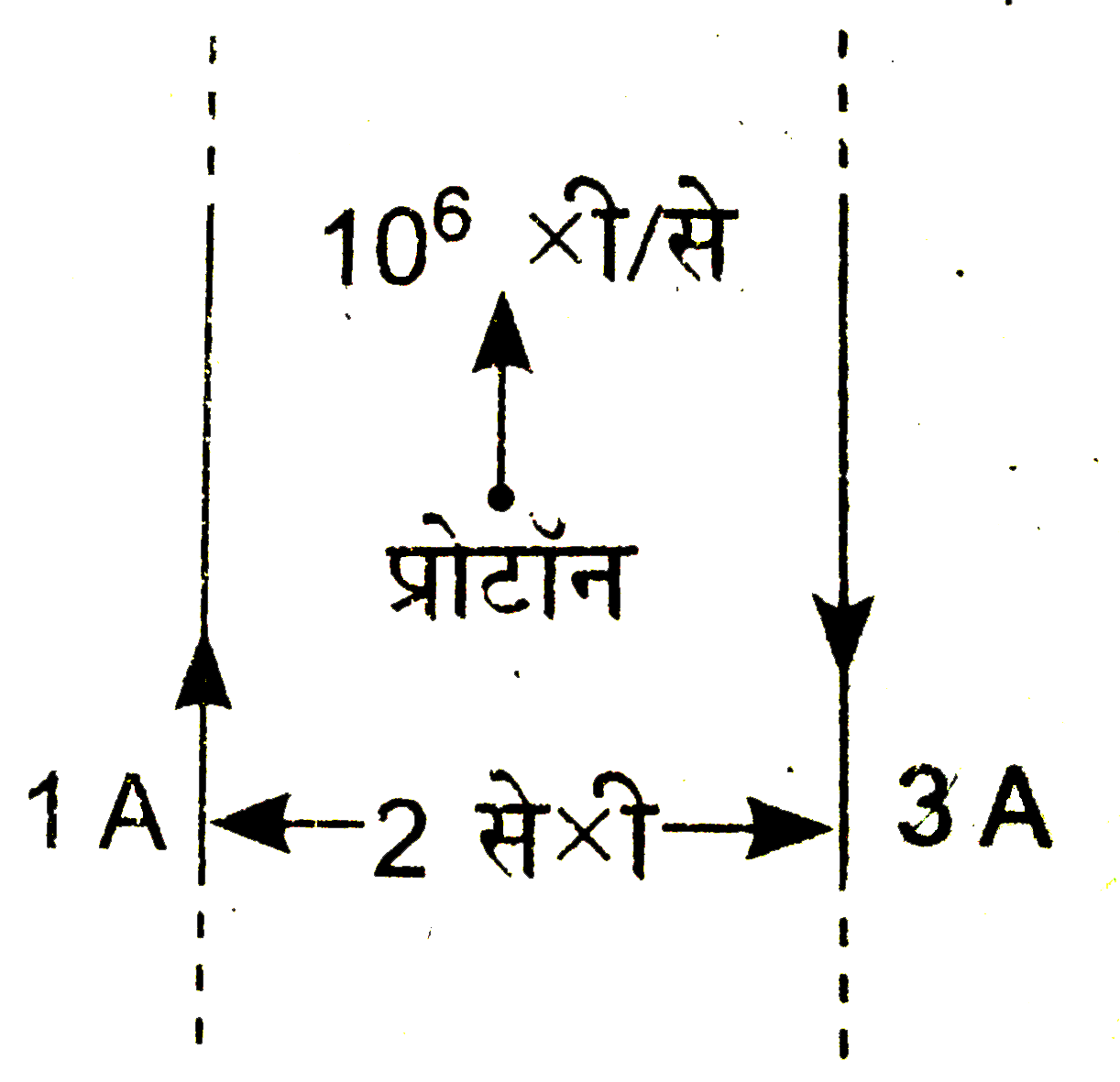In each of the following questions, one statement(s) is followed by two Conclusions/ Assumptions, I and II, You have to consider the statement(s) to be true, even if they seem(s) to be at variance from commonly known facts. You have to decide which of the given conclusions/assumptions, if any, follow(s) from the given statements (s).
Statement: A car had driven off the road and hit a tree. The driver was efficient enough. The road was not good. The driver drove the car for last fifteen years.
Conclusions :
I. The accident occurred due to bad condition of road.
II. There was a mechanical fault in the car.
Only conclusion II is true
Both the conclusions can be true
None of the conclusions can be true
Only conclusion I is true
The correct Answer is:B
Clearly both the conclusions can be true. It is clearly mentioned that road was not good and the driver drove the car off the road even if he was efficient. So, there may be some mechanical fault in the car.
Topper's Solved these Questions
- SYLLOGISM, STATEMENT AND CONCLUSIONSBOOK - KIRAN PUBLICATIONCHAPTER - SYLLOGISM, STATEMENT AND CONCLUSIONSEXERCISE - TYPE II
193 Videos
- SERIESBOOK - KIRAN PUBLICATIONCHAPTER - SERIESEXERCISE - TYPE-VI
90 Videos
- SYMBOLS & NOTATIONSBOOK - KIRAN PUBLICATIONCHAPTER - SYMBOLS & NOTATIONSEXERCISE - TYPE-III
38 Videos
Similar Questions
Following a statement, conclusions I, II and III are given. Which one of the four alternatives is correct?
Statement : Ministers arrived at the public function in their cars.
Conclusions :
I. All ministers are rich.
II. Ministers have cars.
III. Ministers came to the public function.
View SolutionChoose the correct alternative from the given ones that will complete the series.
A4,D9,H15,M22
View SolutionAfter interchanging ÷ and +, 12 and 18, which one of the following equations becomes correct?
View Solutionहैलोएल्केन में ऐकाण्विक नाभिकरागी प्रतिस्थापन (SN1) तथा द्विअणुक नाभिकरागी प्रतिस्थापन अभिक्रिया (SN2) की क्रियाविधि उदाहरण द्वारा समझाइए।
View Solutionकिसी धारामापी को अमीटर में कैसे परिवर्तित किया जाता है? उपयुक्त परिपथ द्वारा स्पष्ट कीजिए। समीकरण ig=SS+Gi की स्थापना कीजिए ।
View Solutionएक लम्बे तार में 10.0 ऐम्पियर की धारा उत्तर से दक्षिण की ओर प्रवाहित हो रही है। तार से 10.0 सेमी दूर एक इलेक्ट्रॉन को दक्षिण से उत्तर के ओर 2.0 मी/से की चाल से प्रक्षेपित किया गया है। इलेक्ट्रॉन पर लगने वाले चुम्बकीय बल का परिमाण एवं दिशा ज्ञात कीजिए।
View Solutionप्रदत्त चित्र में दो लम्बे समान्तर धारावाही चालकों में 1 ऐम्पियर तथा 3 ऐम्पियर की धाराएँ एक-दूसरे के विपरीत दिशाओं में प्रवाहित हो रही है। तारों के बीच 2 सेमी की दूरी है। तारों के बीच ठीक मध्य-बिन्दु पर 106 मी/से की चाल से गतिमान प्रोटॉन पर कार्य करने वाले बल का मान तथा दिशा ज्ञात कीजिए।

View Solutionएक राजमार्ग पर दो बिन्दु A और B एक दूसरे से 90 किमी की दूरी पर है। एक कार A से तथा दूसरी कार B से एक साथ चलती हैं। यदि वे एक दिशा में चलती हैं, तो वे 9 घण्टे बाद मिलती हैं और वे विपरीत दिशा में चलती हैं, तो 97 घण्टे बाद मिलती है। उनकी चाल ज्ञात कीजिए।
View Solutionठोस पदार्थो में दोष (defects in solids) से संबंधित कौन-सा (से) वक्तव्य सही है (हैं) ?
View Solutionएडीसन संचायक सेल (Edison storage cell) को निम्न प्रकार प्रदर्शित किया जाता है ।
Fe(S)∣∣FeO(s)∣∣KOH(aq.)∣∣Ni∘O3(s)∣∣Ni(s)
इस सेल की अर्द्ध-अभिक्रियाएं इस प्रकार है -
Ni2O3(s)+H2O(l)+2e→2NiO(s)+2OH−E2=+0.40V
FeO(s)+H2O(l)→Fe(S)+2OH−,E∘=−0.87V
(i) सेल अभिक्रिया क्या है ?
(ii) सेल का विधुत वाहक बल क्या है ? यह KOH की सांद्रता पर कैसे निर्भर करता है ?
(iii) 1 मोल Ni2O3 से अधिकतम कितनी विधुत ऊर्जा प्राप्त की जा सकती है ?
View Solutionनिम्नलिखित सेल का मानक विधुत वाहक बल ज्ञात करो ।
2Cr(s)+3Cu2+(aq.)→2Cr3++3Cu(s)
दिया है E∘R.P.Cu=0.34V, E∘R.P.Cr=−0.74V
View Solutionनिम्नलिखित कथनों पर विचार करें :
कथन I : →a=2→i−3→j+→k और →b=5→i+2→j−4→k परस्पर लंबवत है
कथन II : →a×→b=0
View Solutionनिम्नलिखित कथनों पर विचार करें :
कथन I : यदि A और B प्रतिदर्श समष्टि S के संगत दो घटनाएँ ऐसा है कि P(A)=0.2 और P((B)=0⋅8 तो A⋃B एक सुनिश्चित घटना है |
कथन I : यदि A और B परस्पर अपवर्ती हों तो P(A)+P(B)=1 इन कथनो में :
View Solutionनिम्नलिखित कथनों पर विचार करें :
कथन I : माना कि ddx{f(x)+c}=F(x) तब ∫F(x)dx=f(x)+c
कथन II : समाकलन, अवकलन का प्रतिलोम प्रक्रम है | इन कथनो में :
View Solutionनिम्नलिखित कथनों पर विचार करें :
कथन I : माना कि f:N→Y एक फलन है, जो f(x)=9x+3 द्वारा परिभाषित है, जहाँ Y={y:y=9x+3,x∈N} तो f एकैकी फलन है |
कथन II : x1,x2∈N के लिए f(x1)=f(x2)⇒x1=x2 इन कथनो में :
View Solutionनिम्नलिखित कथनों पर विचार करें :
कथन I : f(x)=4x3+9x2−12x के लिए स्थानीय अधिकतम का बिंदु है x=-2
कथन II : 'f(−2)=0 और f''(−2)>0. इन कथनो में :
View Solution
